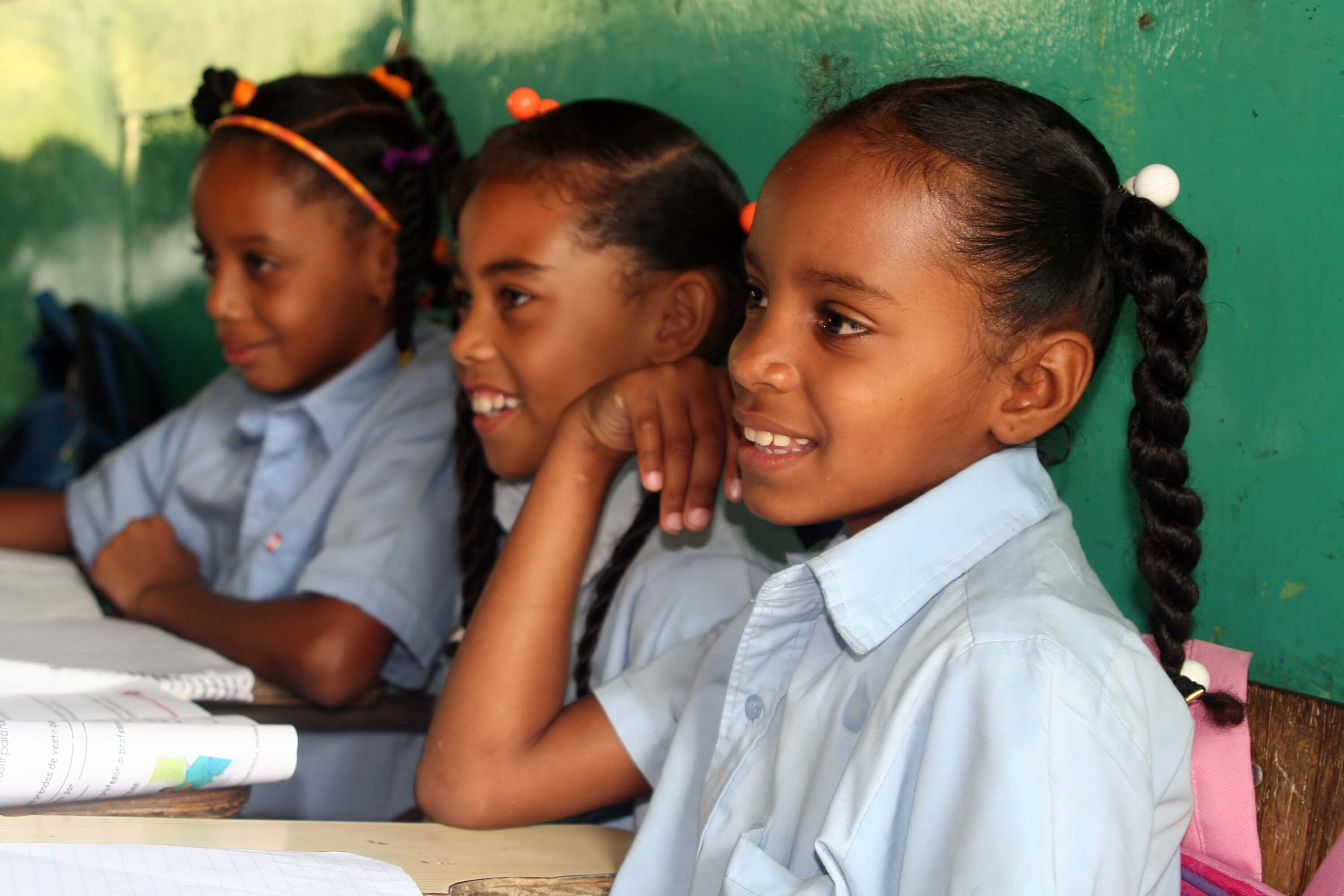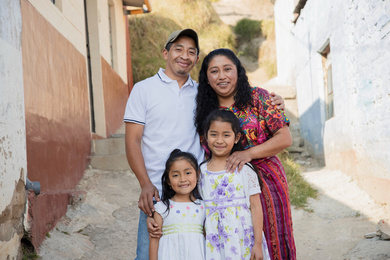The 'Silver Revolution' Transforms Challenges into Business Opportunities

The study The Silver Economy in Argentina, Chile, Paraguay, and Uruguay (Spanish) , conducted by the IDB, IDB Invest, IDB Lab, and Data 8, analyzes the growth of the population over 60 years old, changes in their consumption patterns, and their social and economic challenges.
The document delves into unique opportunities to promote inclusive development models and replicable innovative businesses.
The reduction in family size and social and economic vulnerabilities, along with gender intersectionality, are standard in the four countries analyzed and in Latin America.
The silver segment faces insufficient pensions and less access to essential services and long-term care, especially in Paraguay, although it improves in Uruguay and Chile.
Additionally, with a longer life horizon and diverse challenges, limited access to job opportunities and financial services affects their ability for economic reintegration and development.

Different Phases
The analyzed countries are in different phases of the demographic aging process, with particularities at the social, cultural, economic, and regulatory development levels, among others.
Uruguay presents the highest longevity and a favorable regulatory environment to meet the needs of the silver segment, while Paraguay is the youngest country with the most significant regulatory challenges.
The support network and enabling conditions for silver development in Argentina and Chile are similar, facilitating better conditions in terms of services and access for this segment (health, pensions, education, financial services).
Moreover, projections and consumption patterns for the next 20 years in Argentina, Chile, and Uruguay show equivalent trends, but not so in the case of Paraguay.

Support Networks
Changes in living patterns and family size leave many older adults without support networks.
This poses challenges in long-term care and health, especially for women, who disproportionately take on the role of caregivers.
Older women face higher levels of poverty and exclusion due to less access to contributory pensions. Gender intersectionality and vulnerability amplify barriers to inclusion, economic, social, labor, etc.
The lack of health infrastructure increases this gap, presenting an opportunity for the development of inclusive businesses.
Specialized Services
The growing demand for specialized health services and long-term care opens the door to initiatives such as telemedicine, assistive technology devices, home care networks, preventive medicine, etc.
Investing in professional training and accessible infrastructure can enhance the inclusive development of the sector.
The increase in economically active age and different vulnerabilities highlight the need to undertake, especially in the silver segment.
Access to adapted financial solutions is crucial to enhance this group's economic independence and well-being.
Financial inclusion, through productive consumer savings credits, digital payment methods, extended life and health insurance, annuity products, and non-financial services, can transform the quality of life of our elders.
In the silver segment, mainly composed of the middle class, there has been a growing interest in senior tourism, which opens opportunities for developing businesses such as sustainable, experiential, and local tourism, benefiting entrepreneurship and job creation.
Thus, companies offering adapted experiences, such as sustainable and inclusive tourist packages and cultural, wellness, and experiential activities, can capture this growing market in the region.
Innovative Solutions
On the one hand, the challenges of access to essential services, gender inequality, social vulnerabilities, and lack of support networks require strong and inclusive public policies that promote social protection and universal access to essential services.
On the other hand, the opportunities for inclusive businesses in key sectors, such as health, finance, tourism, food, etc., highlight the importance of integrating innovative solutions that respond to the changing expectations of this segment and ensure their dignified aging, with quality of life and productivity, while fostering economic development models that benefit society.
The study's authors bring this call to attention in public policy and private development to address a key and growing population segment and build an inclusive future with equitable development.
The study, conducted in collaboration with the public and private sectors of the IDB, allows for the facing of common challenges and the generation of synergies to maximize the impact on development and improve the quality of life in the region.
LIKE WHAT YOU JUST READ?
Subscribe to our mailing list to stay informed on the latest IDB Invest news, blog posts, upcoming events, and to learn more about specific areas of interest.
Subscribe



